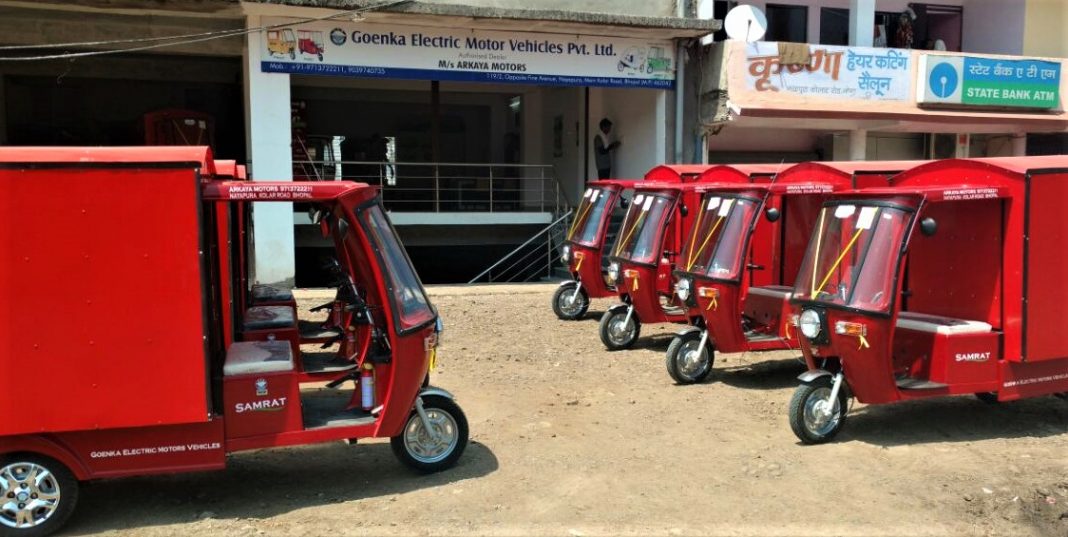“Life is really simple, but we insist on making it complicated.”
― Confucius
Where I live the options for food delivery used to be simple. Many pizza parlors did it, and maybe a few Chinese restaurants. These were the alternatives to going to the eatery itself to pick up your order, or if it got to be too late in the evening and driving wasn’t an option, tearing into your stash of emergency past-date sardines and stale Saltines.
(They pair well with beer, but I digress.)
These days amid the post-apocalyptic, neoliberally electronic, service-oriented economy, food delivery services have become ubiquitous, and so have issues arising from them. The evolution of these discussions can be confusing, to say the least.
Third-party food delivery business services are becoming a topic of concern for independent restaurants and mid-sized chains looking to grow their nascent off-premise segments as they team up with the likes of Grubhub, Uber Eats, and DoorDash.
Delivery apps are known to bring in new customers, provide marketing, and handle the logistics of getting orders to customers for restaurants that cannot afford to launch their own delivery platforms. The downside is frequent complaints from at-home diners receiving food late, cold, or outside of packaging.
Equally as concerning for restaurants are service fees that can reach upwards of 30 percent of final customer checks, which can have a serious impact on operators’ profit margins. Larger chains have the benefit of negotiating down service fees by entering exclusive partnerships with delivery companies. They also have much higher order counts that lessen the blow of the fees they do pay.
“We put up with drivers and fees because delivery brings in a lot of new tickets and customers, and it also helps spread the word about us,” said Joel Dooley, general manager and sous chef at Munchiez, a sandwich shop based in Boca Raton, Florida.
Added to these understandable concerns are others lurking just behind the various corporate masks.
GrubHub is buying up thousands of restaurant web addresses. That means Mom and Pop can’t own their slice of the internet
“You have GrubHub coming in and inserting itself between a restaurant and a customer in a way that, obviously, isn’t chosen by the restaurant and isn’t to the restaurant’s benefit,” says Stacy Mitchell, co-director of the Institute for Local Self Reliance, an advocacy group for local economies. “I just feel like this is a sort of pattern—whether it’s the way in which Uber and Lyft have reoriented the taxi service so they’ve basically positioned themselves as a gatekeeper and compelled everybody to operate in their system, and thereby get to take a large chunk of the revenue when they’re adding very little value compared to how much they take.”
Even tipping your delivery person is far more complicated than it seems.
How DoorDash, Postmates, and Other Delivery Services Tip Workers: Here’s which delivery apps use your tips to subsidize workers’ base pay.
You might expect the money I paid as a tip on the app to go directly to the delivery person, just as the cash I handed the pizza delivery driver who came to my door a few days ago would. But it might not.
It is likely these controversies will continue to swirl, even as I personally find it amazing that anyone would want to order delivery from a fine dining establishment and express annoyance when it’s unavailable, or arrives at one’s domicile less artistic in a to-go box than when served at the bricks and mortar as intended.
Maybe the “free” market will take care of these issues, at least for cynics like me.
GrubHub is getting crushed in the food delivery wars. The stock is nose-diving 40%
(Jon Larmee assisted with this post. Photo credit here)






















